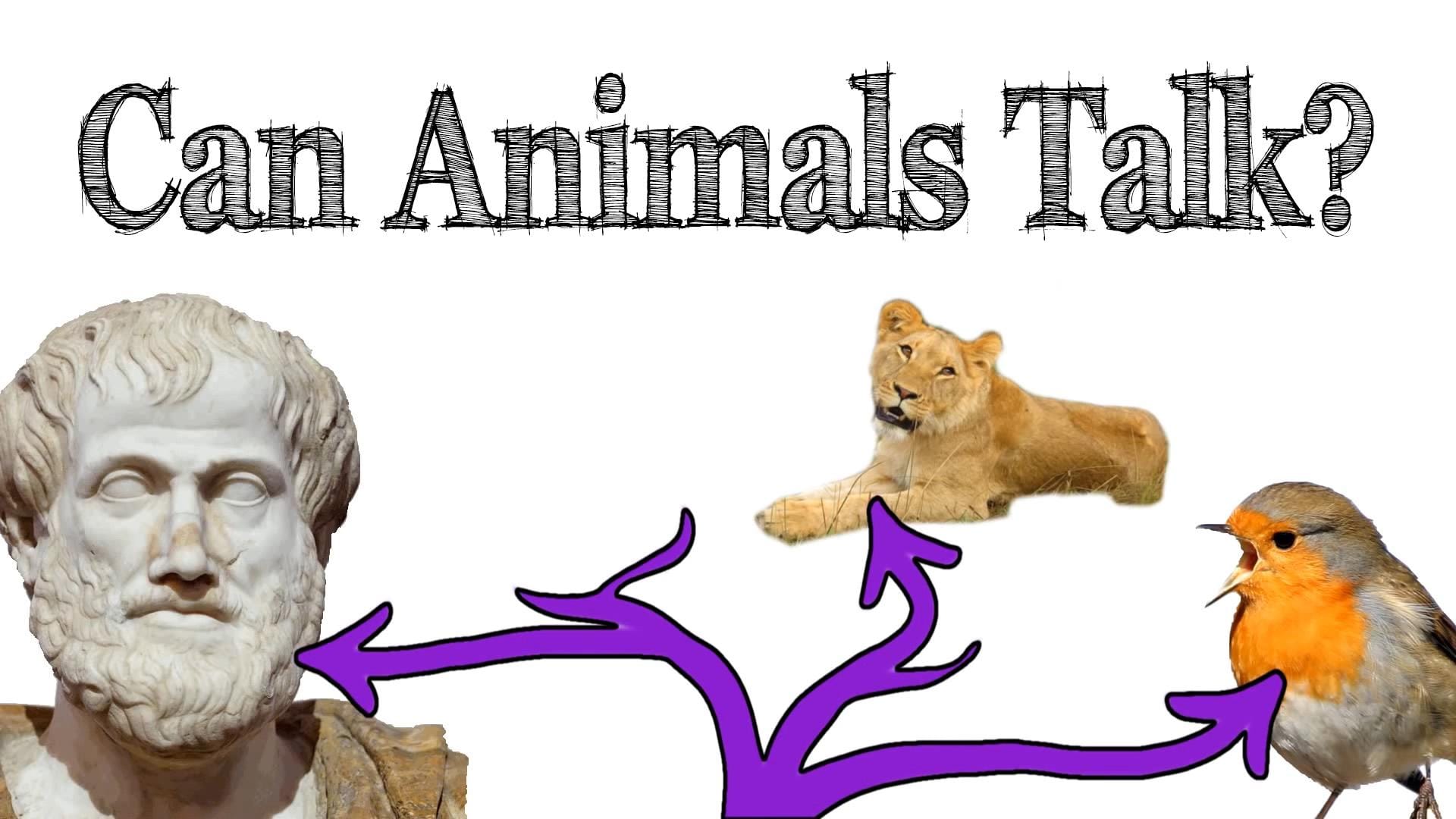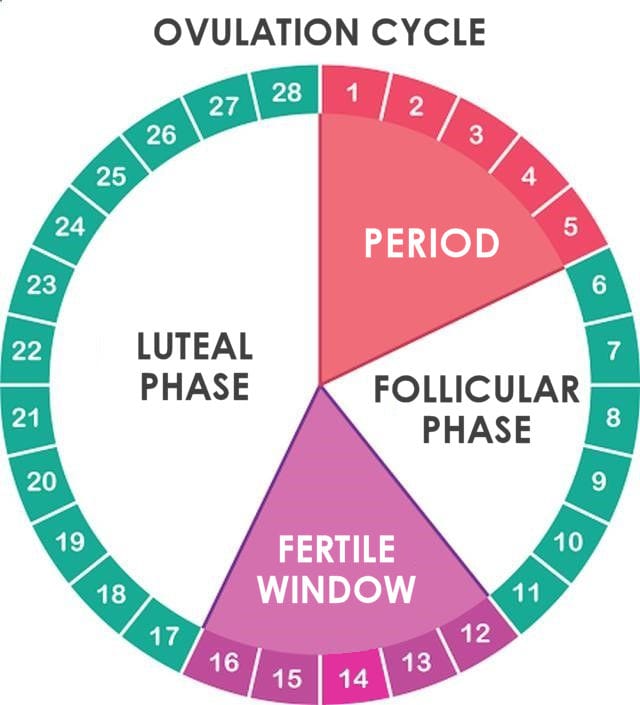In recent years, artificial intelligence has revolutionized various industries, from healthcare to transportation, and now it may hold the key to unlocking a new frontier: communicating with animals. The recent advancements in AI technology have given rise to innovative methods that allow us to decode animal language and better understand their behavior. This exciting development has launched a new wave of research and collaboration between animal behaviorists, biologists, and AI experts.
The existing barriers in communication between humans and animals have never been an absolute hindrance before. However, with AI at the forefront, researchers are now able to identify and interpret animal vocalizations, gestures, and facial expressions, translating animal language through computer vision, machine learning, and other sophisticated tools.
Scientists are now able to train AI algorithms to recognize patterns in non-verbal communication, such as the body language of elephants, the barks of dogs, or the purrs of cats. This newfound insight is helping humans to better understand and communicate with animals, creating a bridge between the two. AI systems can imitate animal sounds and produce corresponding responses, making inter-species conversations possible, as well as discovering the intricacies of animal languages.
Additionally, AI techniques are enabling the identification of various signals and cues that animals use to communicate among themselves. These techniques help us decipher their intentions, emotional states, and social structures, enriching our understanding of animal societies and their unique functions. The applications for utilizing AI to talk to animals are vast, ranging from the development of wildlife conservation efforts, veterinary care, animal enrichment techniques, and even pet-human communication.
However, the field of AI-assisted animal communication is still in its infancy, and there are numerous challenges to overcome. These include ensuring the respect and well-being of animals during the research process, addressing the validity of the AI-generated translations, and maximizing the accuracy of the AI’s predictions. Despite these hurdles, the potential benefits of AI to talk to animals are immense, and researchers around the globe are working hard to ensure a future where human-animal communication transcends language barriers.



